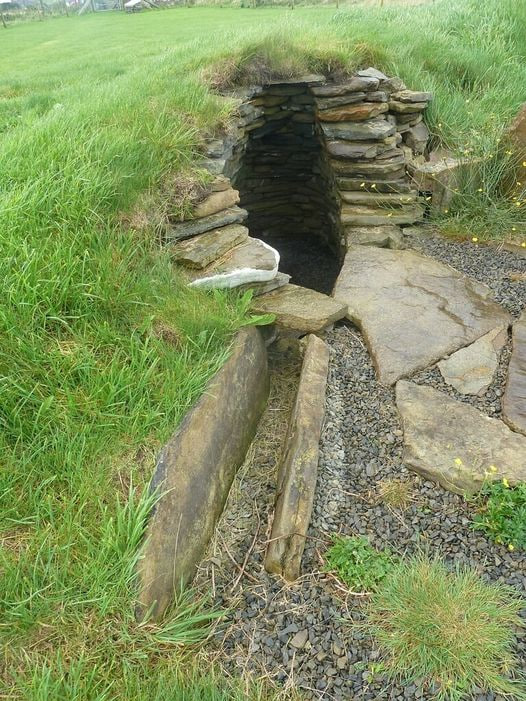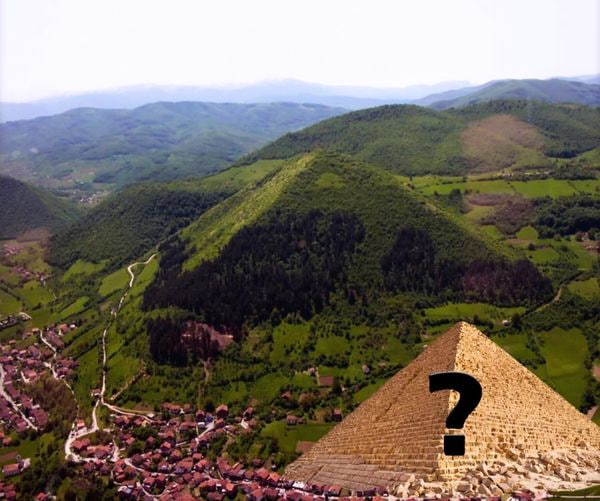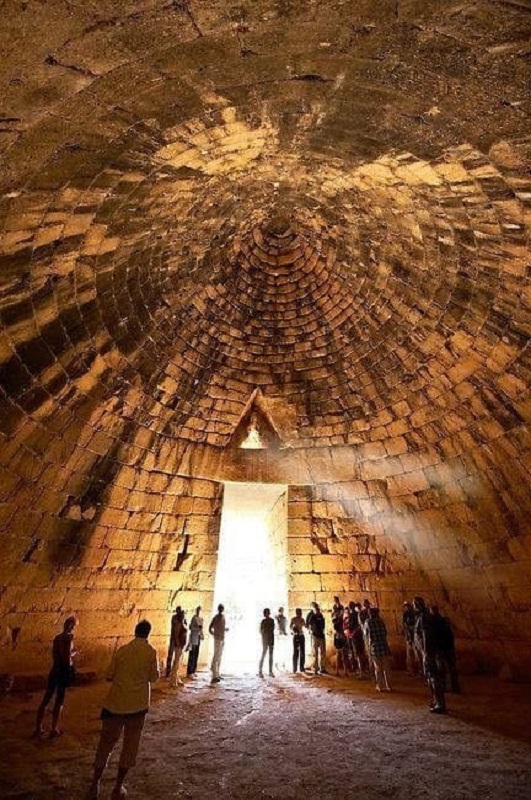Nestled in the picturesque landscape of Nieuw-Dordrecht, a small village in the Netherlands, lies a remarkable archaeological site that has captured the imagination of historians and researchers alike.
The Neolithic Wooden Peat Road of Nieuw-Dordrecht, dating back thousands of years, offers a tantalizing glimpse into the lives of our ancient ancestors. Join us as we embark on a journey to unravel the mysteries of this ancient marvel, exploring its significance and the insights it provides into prehistoric civilizations.

The Discovery of a Hidden Treasure
In 1997, during routine excavation work in Nieuw-Dordrecht, archaeologists stumbled upon an extraordinary discovery: a Neolithic wooden peat road dating back to approximately 2000 BCE. Preserved beneath layers of peat, the well-preserved remains of the road offered a rare glimpse into the daily lives and activities of Neolithic communities in the region. The discovery sparked widespread interest and prompted further investigation into this fascinating archaeological site.
The Significance of the Peat Road
The Neolithic Wooden Peat Road of Nieuw-Dordrecht holds immense significance for understanding the ancient landscape and human activities of the region. Stretching over several kilometers, the road is believed to have served as a vital transportation route, connecting distant settlements and facilitating trade and communication. Its construction using wooden planks laid over a peat substrate highlights the ingenuity and engineering skills of Neolithic peoples, offering valuable insights into their technological capabilities and societal organization.
Exploring Daily Life in Prehistoric Times

Through careful excavation and analysis, archaeologists have been able to piece together a clearer picture of life during the Neolithic period in Nieuw-Dordrecht. The discovery of artifacts such as pottery fragments, tools, and animal bones along the peat road has provided valuable clues about the activities and industries of ancient communities. From agriculture and animal husbandry to trade and social interactions, the road offers a window into the daily routines and economic practices of Neolithic peoples.
Ancient Discoveries
The Neolithic Wooden Peat Road of Nieuw-Dordrecht is just one example of the rich tapestry of ancient discoveries that continue to shape our understanding of human history. From ancient civilizations like Mesopotamia and Egypt to more recent archaeological finds like the Terracotta Army of China, these discoveries offer invaluable insights into the achievements and innovations of our ancestors. By preserving and studying these ancient sites, we honor the legacies of past civilizations and gain a deeper appreciation for the complexities of human history.
The Neolithic Wooden Peat Road of Nieuw-Dordrecht stands as a testament to the ingenuity and resilience of our ancient ancestors. Through meticulous excavation and research, archaeologists have unlocked the secrets of this remarkable archaeological site, shedding light on the daily lives, activities, and technologies of Neolithic communities. As we continue to unravel the mysteries of our past, the peat road serves as a poignant reminder of the enduring human quest for knowledge and understanding.






